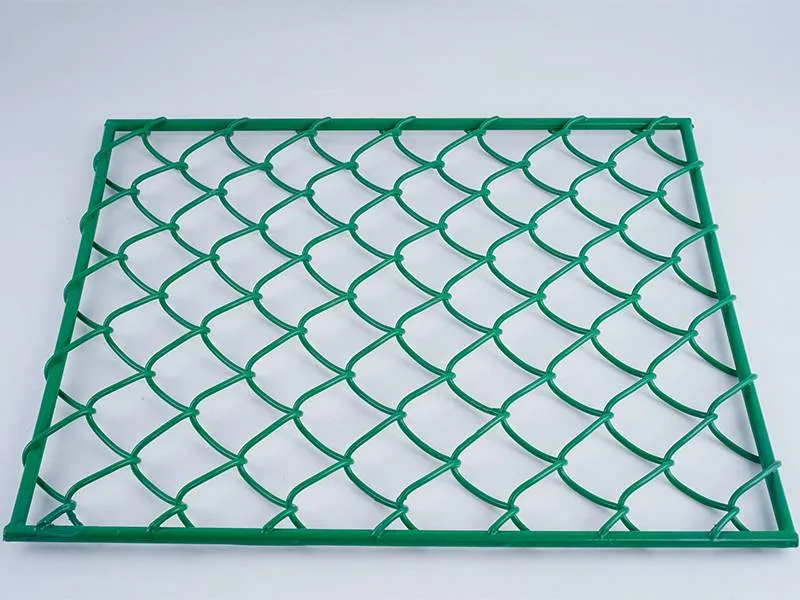- Industrial zone, South of Anping Town, Hengshui, Hebei, China.
- sales@hfpetromesh.com
- +86-18931809706
 Afrikaans
Afrikaans  Albanian
Albanian  Amharic
Amharic  Arabic
Arabic  Armenian
Armenian  Azerbaijani
Azerbaijani  Basque
Basque  Belarusian
Belarusian  Bengali
Bengali  Bosnian
Bosnian  Bulgarian
Bulgarian  Catalan
Catalan  Cebuano
Cebuano  Corsican
Corsican  Croatian
Croatian  Czech
Czech  Danish
Danish  Dutch
Dutch  English
English  Esperanto
Esperanto  Estonian
Estonian  Finnish
Finnish  French
French  Frisian
Frisian  Galician
Galician  Georgian
Georgian  German
German  Greek
Greek  Gujarati
Gujarati  Haitian Creole
Haitian Creole  hausa
hausa  hawaiian
hawaiian  Hebrew
Hebrew  Hindi
Hindi  Miao
Miao  Hungarian
Hungarian  Icelandic
Icelandic  igbo
igbo  Indonesian
Indonesian  irish
irish  Italian
Italian  Japanese
Japanese  Javanese
Javanese  Kannada
Kannada  kazakh
kazakh  Khmer
Khmer  Rwandese
Rwandese  Korean
Korean  Kurdish
Kurdish  Kyrgyz
Kyrgyz  Lao
Lao  Latin
Latin  Latvian
Latvian  Lithuanian
Lithuanian  Luxembourgish
Luxembourgish  Macedonian
Macedonian  Malgashi
Malgashi  Malay
Malay  Malayalam
Malayalam  Maltese
Maltese  Maori
Maori  Marathi
Marathi  Mongolian
Mongolian  Myanmar
Myanmar  Nepali
Nepali  Norwegian
Norwegian  Norwegian
Norwegian  Occitan
Occitan  Pashto
Pashto  Persian
Persian  Polish
Polish  Portuguese
Portuguese  Punjabi
Punjabi  Romanian
Romanian  Russian
Russian  Samoan
Samoan  Scottish Gaelic
Scottish Gaelic  Serbian
Serbian  Sesotho
Sesotho  Shona
Shona  Sindhi
Sindhi  Sinhala
Sinhala  Slovak
Slovak  Slovenian
Slovenian  Somali
Somali  Spanish
Spanish  Sundanese
Sundanese  Swahili
Swahili  Swedish
Swedish  Tagalog
Tagalog  Tajik
Tajik  Tamil
Tamil  Tatar
Tatar  Telugu
Telugu  Thai
Thai  Turkish
Turkish  Turkmen
Turkmen  Ukrainian
Ukrainian  Urdu
Urdu  Uighur
Uighur  Uzbek
Uzbek  Vietnamese
Vietnamese  Welsh
Welsh  Bantu
Bantu  Yiddish
Yiddish  Yoruba
Yoruba  Zulu
Zulu
- Afrikaans
- Albanian
- Amharic
- Arabic
- Armenian
- Azerbaijani
- Basque
- Belarusian
- Bengali
- Bosnian
- Bulgarian
- Catalan
- Cebuano
- Corsican
- Croatian
- Czech
- Danish
- Dutch
- English
- Esperanto
- Estonian
- Finnish
- French
- Frisian
- Galician
- Georgian
- German
- Greek
- Gujarati
- Haitian Creole
- hausa
- hawaiian
- Hebrew
- Hindi
- Miao
- Hungarian
- Icelandic
- igbo
- Indonesian
- irish
- Italian
- Japanese
- Javanese
- Kannada
- kazakh
- Khmer
- Rwandese
- Korean
- Kurdish
- Kyrgyz
- Lao
- Latin
- Latvian
- Lithuanian
- Luxembourgish
- Macedonian
- Malgashi
- Malay
- Malayalam
- Maltese
- Maori
- Marathi
- Mongolian
- Myanmar
- Nepali
- Norwegian
- Norwegian
- Occitan
- Pashto
- Persian
- Polish
- Portuguese
- Punjabi
- Romanian
- Russian
- Samoan
- Scottish Gaelic
- Serbian
- Sesotho
- Shona
- Sindhi
- Sinhala
- Slovak
- Slovenian
- Somali
- Spanish
- Sundanese
- Swahili
- Swedish
- Tagalog
- Tajik
- Tamil
- Tatar
- Telugu
- Thai
- Turkish
- Turkmen
- Ukrainian
- Urdu
- Uighur
- Uzbek
- Vietnamese
- Welsh
- Bantu
- Yiddish
- Yoruba
- Zulu
Netting Solutions for Helideck Safety and Security in Offshore Operations and Maintenance
The Importance of Helideck Netting in Offshore Operations
In the realm of offshore operations, safety and efficiency are paramount. Among the various safety measures employed, helideck netting has emerged as a critical component in ensuring the secure landing and takeoff of helicopters on offshore oil and gas platforms. This article explores the significance of helideck netting, its design considerations, and its role in enhancing operational safety.
What is Helideck Netting?
Helideck netting refers to a specialized safety system installed on the helidecks of offshore platforms. It is designed to catch and safely restrain helicopters in the event of a hard landing or if the aircraft slides off the landing area. These nets are typically made from high-strength synthetic materials engineered to withstand the unique challenges posed by offshore conditions, including extreme weather, saltwater exposure, and the high demands of helicopter operations.
Safety Considerations
The primary purpose of helideck netting is to enhance safety for both the aircraft and personnel on the platform
. The offshore environment is fraught with risks, including turbulent winds and limited visibility, which can challenge pilots during landing and takeoff. In the unfortunate event of a landing mishap, the netting acts as a barrier, preventing the helicopter from falling overboard and reducing the risk of potential injuries or fatalities.helideck netting

Furthermore, the installation of helideck netting is in compliance with international safety regulations and standards, such as those set forth by the International Maritime Organization (IMO) and the International Association of Oil & Gas Producers (IOGP). These guidelines emphasize the importance of a safe landing area, making helideck netting an essential element in meeting regulatory requirements.
Design Considerations
The effectiveness of helideck netting hinges on its design and implementation. Several factors must be considered during the design phase, including the weight and dimensional specifications of the helicopters expected to use the helideck. Engineers must also take into account the tensile strength of the netting materials, which should withstand the considerable forces exerted during a hard landing.
Additionally, the design must consider the operational environment. Offshore platforms are often located in remote, harsh conditions, necessitating robust materials that can endure corrosion from salty sea air and resilient against UV radiation. The netting systems must also be easy to maintain and inspect, ensuring that any wear and tear can be promptly addressed.
Conclusion
In summary, helideck netting plays a vital role in enhancing safety for offshore helicopter operations. As the oil and gas industry continues to push into deeper waters and more challenging environments, the importance of implementing comprehensive safety systems like helideck netting cannot be overstated. By effectively mitigating the risks associated with helicopter landings, helideck netting not only protects aircraft and personnel but also supports the overall efficiency and effectiveness of offshore operations. As technology advances, continued innovation in netting materials and designs will further bolster safety standards, ultimately making offshore operations safer for everyone involved.
-
Why Our Shaker Screen for Sale Stands Out in Every ApplicationNewsAug.08,2025
-
Unmatched Efficiency with Premium Shale Shaker Screen TechnologyNewsAug.08,2025
-
Reliable, Durable, and Cost-Effective: Press Locked Steel Grating SolutionsNewsAug.08,2025
-
Precision Strength with Welded Steel Bar GratingNewsAug.08,2025
-
Perimeter Safety Netting: The High-Strength Shield for Elevated Safety SolutionsNewsAug.08,2025
-
Maximize Performance with Steel Walkway GratingNewsAug.08,2025